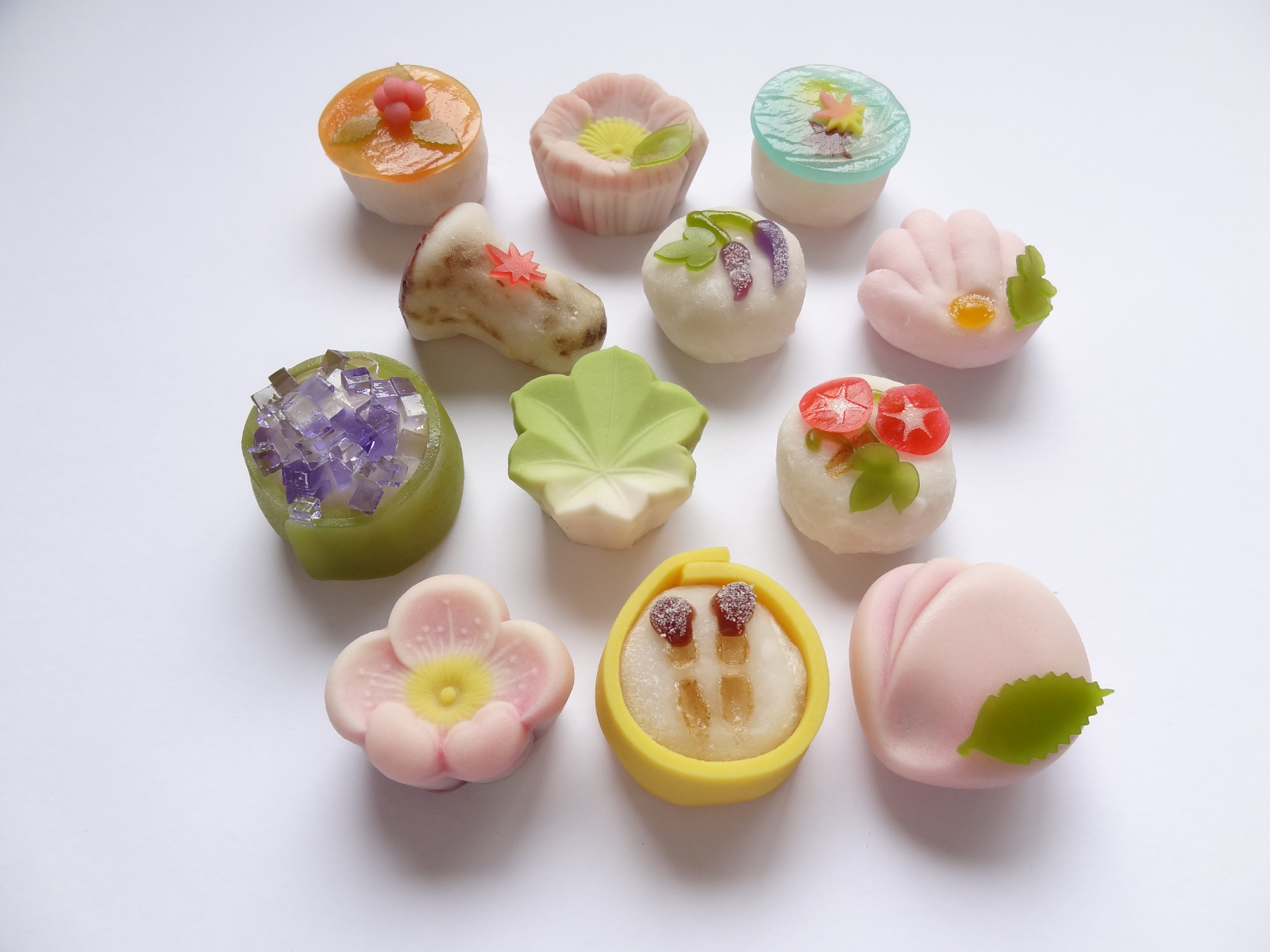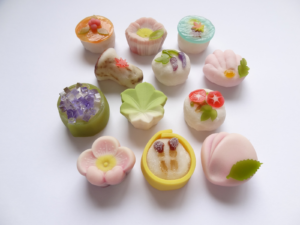Your first trip to Japan is undoubtedly filled with excitement, and indulging in delicious Japanese cuisine is a major highlight. But why limit yourself to just “eating” when you can experience so much more? Japanese food is a feast for all five senses, deeply rooted in history and culture.
This article will guide you beyond the dining table, introducing various culinary experiences like cooking classes, tea ceremonies, and sake brewery tours that will enrich your understanding and appreciation of Japanese food. We’ll also delve into regional food cultures and dining etiquette, ensuring a worry-free experience even for those with dietary restrictions.
By the end of this article, you will:
- Discover hands-on activities that allow you to experience Japanese cuisine with all five senses.
- Explore regional food cultures, adding another layer of enjoyment to your trip.
- Understand Japanese dining etiquette, ensuring a comfortable and respectful experience.
- Find suitable experiences even with dietary restrictions.
- Create unforgettable memories during your trip to Japan!
Let’s embark on a journey to explore the captivating world of Japanese food culture!
1. Elevate Your Japanese Food Experience
Japanese cuisine is not just about taste. It’s a multi-sensory experience that engages sight, hearing, touch, and smell, allowing you to fully appreciate its allure.
Delve deeper into Japanese cuisine through cultural experiences, creating lasting memories during your trip.
Deepen Your Understanding Through Cultural Experiences
Participate in hands-on activities like cooking classes, tea ceremonies, and sake brewery tours to gain firsthand insights into the history, culture, and craftsmanship behind Japanese food.
Embrace Regional Food Cultures
Japan’s diverse climate and terrain have fostered unique food cultures in different regions. Exploring the local cuisine of your travel destinations will add another layer of enjoyment to your trip and reveal the charms of each area.
2. Stimulate Your Senses: Immerse in Food Culture Experiences
Cooking Classes: Learn the Fundamentals of Japanese Cuisine
From home-style cooking to authentic Washoku (traditional Japanese cuisine), various cooking classes cater to different skill levels. Learn the basics of Japanese cooking directly from professional chefs and experience the joy of savoring dishes you’ve prepared yourself.
- Examples:
- Sushi-making classes
- Soba noodle-making classes
- Wagashi (traditional Japanese sweets) making classes
- Seasonal home-cooking classes
Tea Ceremony: Experience the Art of Tea and its History
Matcha is one of Japan’s most iconic teas. In a tea ceremony experience, you’ll learn how to prepare and drink matcha, as well as the etiquette and history behind this revered tradition. Enjoy a moment of tranquility in a serene setting, savoring the aroma and flavor of matcha.
Sake Brewery Tour: Witness the Sake-Making Process and Enjoy Tastings
Sake is a traditional Japanese alcoholic beverage made from rice and water. During a sake brewery tour, you can observe the sake-making process and sample various types of sake. It’s a recommended experience for both sake enthusiasts and those new to this unique beverage.
Other Food Culture Experiences
- Miso-making experience
- Tsukemono (Japanese pickles) making experience
- Soy sauce brewery tour
- Tofu-making experience
3. Savor Regional Cuisine
Each region in Japan boasts its own unique local dishes, prepared with local ingredients and cooking techniques. Discovering the culinary specialties of your travel destinations will enrich your journey.
Regional Specialties
- Hokkaido: Sapporo ramen, Jingisukan (grilled lamb), Kaisendon (seafood rice bowl)
- Tohoku: Morioka Reimen (cold noodles), Kiritanpo Nabe (hot pot with pounded rice sticks), Gyutan-yaki (grilled beef tongue)
- Kanto: Unaju (grilled eel over rice), Monjayaki (savory pancake), Soba noodles
- Chubu: Miso Katsu (pork cutlet with miso sauce), Hitsumabushi (grilled eel over rice with various toppings), Hoto (hearty vegetable and noodle stew)
- Kansai: Takoyaki (octopus balls), Okonomiyaki (savory pancake), Udon noodles
- Chugoku & Shikoku: Hiroshima-style Okonomiyaki, Sanuki Udon
- Kyushu: Tonkotsu Ramen (pork bone broth ramen), Motsunabe (offal hot pot), Chicken Nanban (fried chicken with tartar sauce)
- Okinawa: Okinawa Soba, Goya Chanpuru (stir-fried bitter melon dish), Rafute (braised pork belly)
Market Tours
Local markets are bustling hubs of activity, offering a glimpse into everyday life in Japan. You’ll find an array of fresh seafood, vegetables, and fruits, making it a feast for the eyes even if you don’t buy anything. Some markets also offer Kaisendon or sushi made with the freshest ingredients, perfect for a quick and delicious meal.
Farm Experiences
Immerse yourself in Japanese agriculture and food culture through farm experiences. You can participate in various activities like harvesting vegetables or picking fruits. The joy of savoring ingredients you’ve harvested yourself will create unforgettable memories.
Local Food Events
Many regions host festivals and events where you can sample local specialties. Enjoy strolling through food stalls, interacting with locals, and experiencing the unique culinary traditions of the area.
4. Understanding Japanese Dining Etiquette
To fully enjoy Japanese cuisine, it’s important to be aware of basic table manners.
Basic Manners
- “Itadakimasu” and “Gochisousamadeshita”: Before and after your meal, express your gratitude by saying “itadakimasu” (let’s eat) and “gochisousamadeshita” (thank you for the meal).
- Chopstick Etiquette: There are specific etiquette rules for using chopsticks. Familiarize yourself with the basic holding technique and avoid certain actions considered impolite.
- Handling Bowls and Plates: Soup bowls and small dishes are typically held in your hand while eating, but rice bowls and larger plates remain on the table.
Manners in Different Settings
- Restaurants: Enjoy your meal quietly and respectfully.
- Izakayas: These pubs often have a lively atmosphere, but be mindful of other guests and avoid being too loud or disruptive.
- Homes: If invited to someone’s home, follow the host’s lead and observe their customs.
Differences from Other Cultures
- Tipping: Tipping is not customary in Japan.
- Slurping: Slurping noodles is considered a sign of enjoyment in Japan. Feel free to slurp away!
5. Dietary Restrictions? No Problem!
Various resources and options are available to ensure that everyone, regardless of dietary restrictions, can enjoy Japanese cuisine.
Allergy Accommodations
If you have allergies, inquire with restaurants beforehand or utilize allergy-friendly restaurant search websites. Preparing essential Japanese phrases related to allergies will also help you communicate your needs effectively.
Vegetarian and Vegan Options
The number of vegetarian and vegan restaurants is increasing. Make use of dedicated search websites and familiarize yourself with menu options that cater to your dietary preferences.
Halal Options
Halal restaurants are becoming more prevalent in Japan. Look for Halal certification marks or use Halal restaurant search websites to find suitable dining options.
6. Helpful Information and Tips
Information Gathering
- Guidebooks: Before your trip, consult guidebooks to discover interesting restaurants and food culture experiences.
- Websites: Check official tourism websites and restaurant websites for the latest information.
- Apps: Utilize translation apps and restaurant search apps to enhance your experience.
Communication on the Ground
- Essential Japanese Phrases: Knowing a few basic Japanese phrases will facilitate communication.
- Translation Apps: Use translation apps to overcome language barriers.
Budget
- Experiential Activities: Cooking classes and tea ceremonies may incur additional costs. Set a budget beforehand.
- Restaurants: Restaurants offer a wide range of price points. Choose establishments that fit your budget.
Conclusion
This article has provided a comprehensive guide to experiencing Japanese food culture beyond just eating, offering insights into various activities, regional cuisine, dining etiquette, and options for those with dietary restrictions.
We hope this information empowers you to fully embrace the rich and diverse world of Japanese cuisine during your trip.


